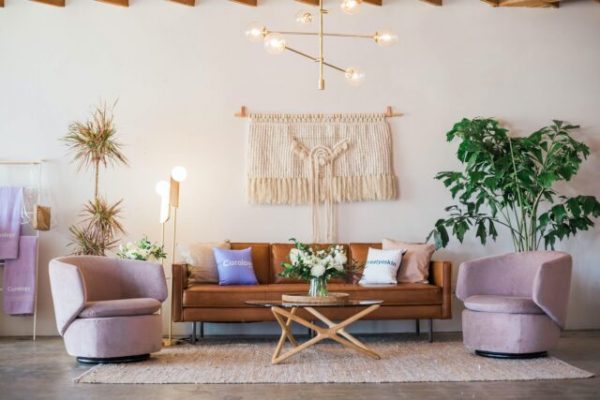
The Mid Century style refers to American modernism, a legacy of evolution that adapts to contemporary life, we show you how the style has evolved to the houses of today.
It’s the Mad Men style and it’s still as popular today as it was then. We can see it everywhere.
The Mid Century style, as its name suggests, corresponds to ‘mid-century‘, it refers to the wave of new houses built between the end of World War II (1945) and the mid-seventies.
What predominates most in Mid-Century architecture is a special emphasis between functionality and aesthetics. The style itself originated, and became extremely popular, both for practical and aesthetic reasons. One of the main ideas in the construction was to create them in modules to simplify the construction and lower the costs, when the Second World War ended, the soldiers required housing.
Design elements were equally important. For the first time, instead of opting for two- or three-story houses with many rooms, single-storey houses with open floor plans were created.
The key to achieving a Mid-Century style in today’s homes is to understand their history and create a current mix. The first point to take into account to achieve the Mid-Century style is the type and lines of the furniture, make sure to include pieces with clean lines and that are functional.
Natural wood finishes. You can incorporate replicas of classics like an Eames and Mies Van Der Rohe piece.
If you are attracted to the Mid-Century style, you are interested in a clean and simple style, with details accented with curves, textures and colors. In short, you are looking for a comfortable and cozy space that is not ostentatious. Don’t overdo it.
Originally the predominant palettes were muted earth tones with details in more powerful colors such as orange, turquoise or yellow. Start with a palette of neutral tones, such as whites and grays, and don’t be afraid to incorporate more daring colors for specific details.
Mix old with new, add some antique with contemporary pieces. Don’t turn your home into a one style space. When choosing lighting, look for aesthetics and functionality.


